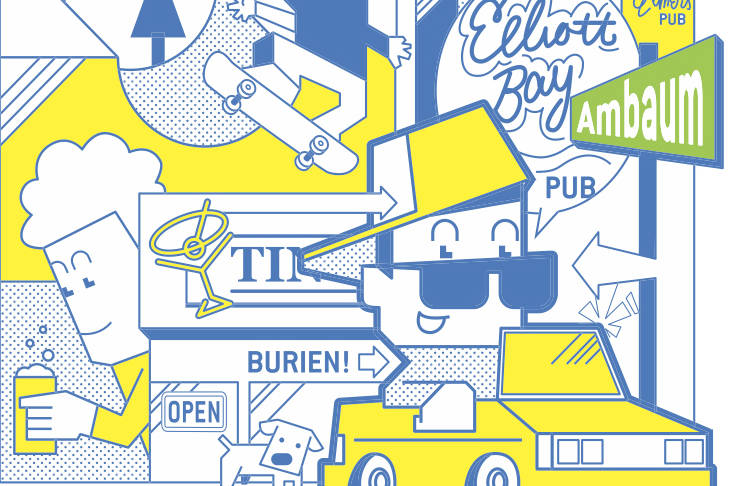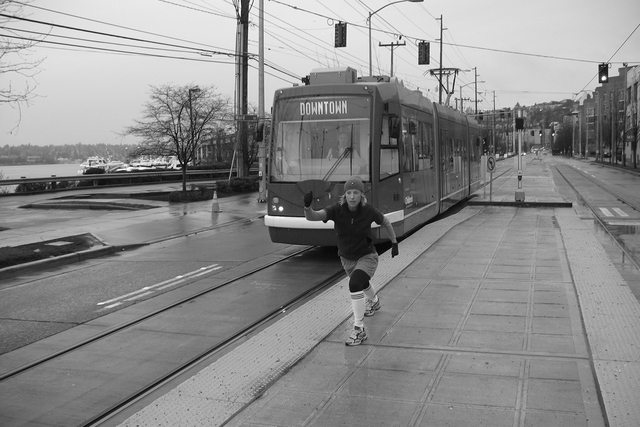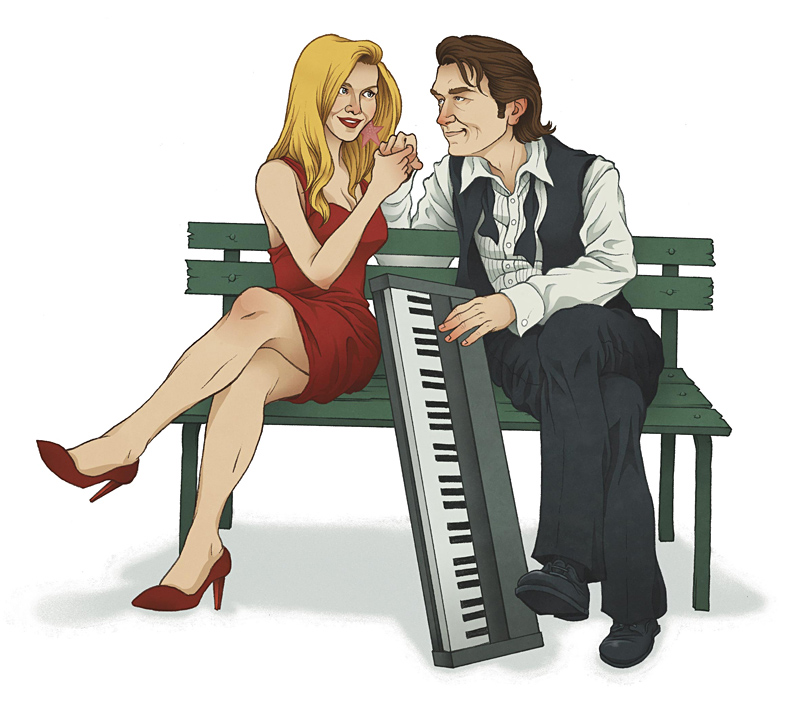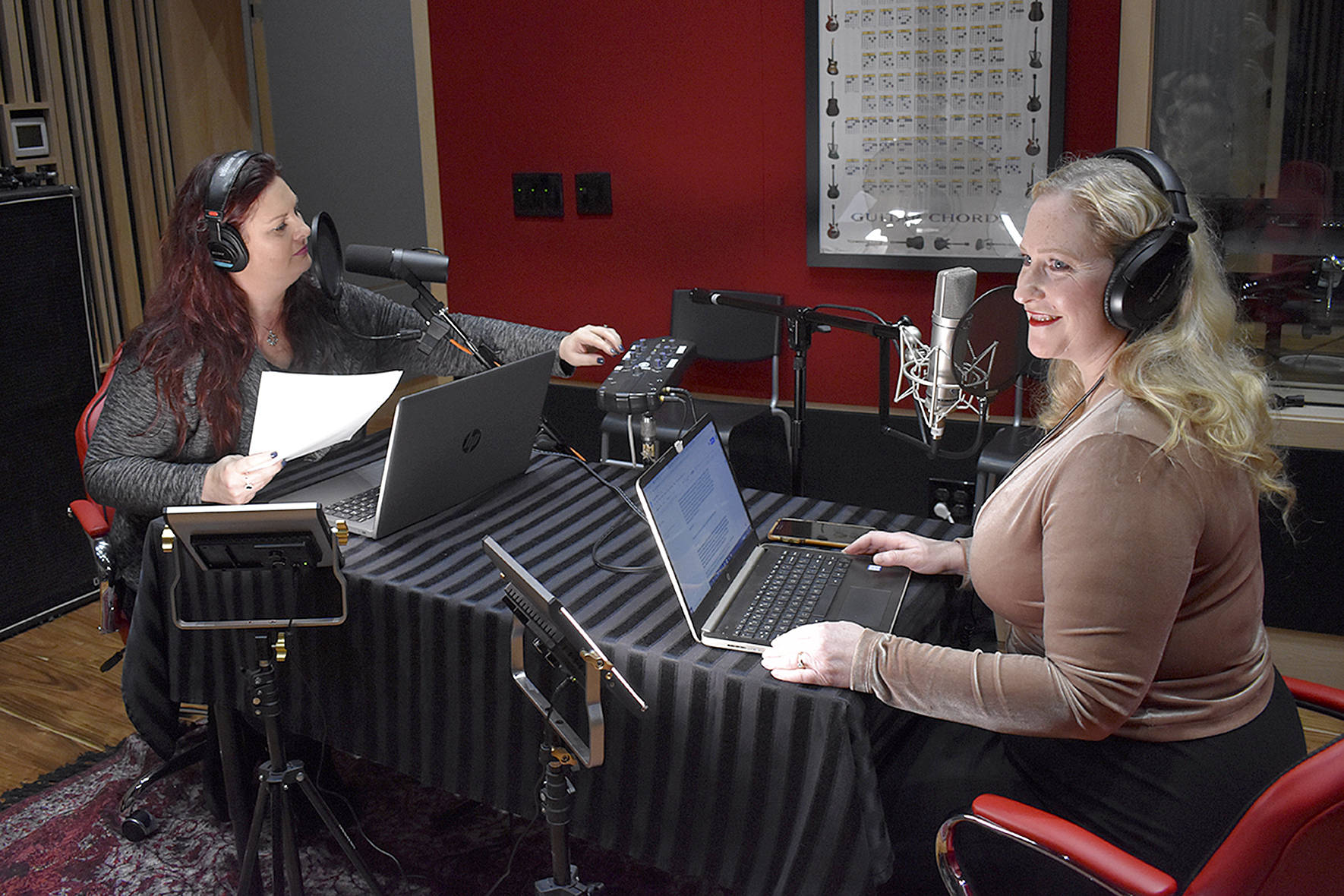The first frame of the film Shakes the Clown depicts a dog lapping up leftover pizza in a dowdy apartment, with Florence Henderson sawing logs on a nearby couch. Her record player is skipping, and there are empty bottles strewn about the room. Henderson’s young son rises to take a morning tinkle, only to find Bobcat Goldthwait passed out in front of the toilet.
“Moooooom!” he shouts. “Who’s the naked clown in our bathroom?”
The boy proceeds to piss all over Goldthwait, who gets up and hurls in the toilet. He then appears dressed in the living room, chugging a beer. He looks at the clock and realizes he’s already late for a birthday party. Henderson hands him his booze-soaked wig, and Goldthwait’s character, a clown named Shakes, makes for the door.
En route to the party, Shakes pulls his car, a vintage yellow and white Nash, into a gas station to put on fresh makeup. The attendant tells him the bathroom is for customers only, at which point Shakes shoves him to the ground and takes his lavatory key, muttering “Man, fuckin’ people” to himself as he walks off. When he re-emerges, the attendant, now upright, remarks to a couple of buddies, “When we built this place, there wasn’t a clown in the area.”
Released in 1991, Shakes the Clown was received like a package of freeze-dried wildebeest dung by critics and audiences alike. (The movie, which cost $1.4 million to make, grossed a mere $115,000.) The Boston Globe memorably dubbed the film “the Citizen Kane of alcoholic clown movies.” But had the Globe bothered to remove its tongue from its cheek, it might have more accurately classified Shakes as a red-nosed comedic cousin of Do the Right Thing.
In Palookaville, New York, where Shakes is set, clowns are second-class citizens, mocked incessantly by “normal” people and forced to drink in their own bar, the Twisted Balloon. Shakes and his cohorts are offered but one path to stardom, as one of them will soon be plucked to replace Palookaville’s answer to J.P. Patches on a local television show. Furthermore, when Shakes’ girlfriend catches wind of his philandering, a co-worker, played by a pre–plastic surgery Kathy Griffin, warns her that “a bad clown could really fuck you up.”
The clowns are a metaphor for ethnic minorities who have been subjected to prejudice in America. Just as in real life, the clowns are filled with bigotry as well—as low as they are on the food chain, they’re determined to keep someone even further down. Upon coming across a group of mimes at a park, a clown played by Adam Sandler loudly mocks the whitefaced flock as “silent motherfuckers”—and proceeds to beat them senseless.
“You only pick on us because we’re artists,” cries a mime in response to the pummeling. Later in the film, when Shakes is forced to hide out in Robin Williams’ mime studio after being accused of murder, his girlfriend sees a silver lining. “Maybe you and your friends will think twice about mime-bashing,” she says.
Shakes ultimately takes over the retiring Patches figure’s TV show. During his first episode, Shakes calls Williams’ character, Mime Jerry, onto the stage. For a moment it appears as though there will be a truce between Palookaville’s clowns and mimes. But then, at the end of the film, the clowns converge to chase Mime Jerry off the stage.
Founded at the height of pantomime popularity in 1977, the Seattle Mime Theatre has quietly exited the stage as well. The company recently relinquished its Capitol Hill performance space and no longer tours nor employs any full-time staff. However, says SMT co-founder Rick Davidson, “If an entertainment company calls up and needs a mime, we can fill that spot.”
Part of SMT’s diminished status can be chalked up to funding challenges—but there’s a lot more to it than that. Specifically, it’s the result of a decades-long national backlash against mimes that’s bled the genre like a drawn-out version of disco’s demise, according to a group of mimes who recently gathered for coffee at Stumptown on Capitol Hill (meeting of the mimes!).
“No one does just pantomime anymore—it has such a bad name,” says Christian Swenson, who once silently white-gloved it in the Market but has since broadened his repertoire. “Someone told me that Seinfeld started making jokes about mimes on his show. It was a strong force in the culture, and people are always looking for something to get down on. I don’t throw on whiteface anymore.”
Swenson also blames San Francisco mime duo Shields and Yarnell, protégés of world-famous French mime Marcel Marceau, for taking an art form already running dangerously close to oversaturation onto the small screen, where they had their own variety show on CBS in the late ’70s. For her part, Mik Kuhlman, who toured with SMT throughout the ’90s, blames “bad street mimes” for whiteface’s demise, adding that it’s taken far more seriously abroad. “It’s not like Ringling Brothers [in Europe],” she says. “It’s considered a higher art form.”
As in Palookaville, clowns and mimes alike have a tough time getting taken seriously as artists in Seattle. But unlike Palookaville, they’re not at each other’s throats. In fact, they’ve banded together to stage the upcoming Not All Clowns Are Bozos at Theatre Off Jackson.
Nowadays, both mimes and clowns consider themselves part of the growing “physical theater” genre, a relatively newfangled tent within which these misunderstood performers can seek shelter from prejudice.
“Clowns sometimes take advantage of [mime techniques] to create a world that is very real to them. But then, clowns live in their own made-up worlds all the time, and can believe just about anything!” says Valerie Moseley, artistic director of Bozos‘ production company, Ear to the Ground.
Yet the primary intent of Bozos, which will feature eight different artists performing solo or as duos, will be to prove that clowns and mimes are capable of providing legitimate adult entertainment. So committed are they to this objective that they’re offering three-for-two tickets, provided the person admitted free is a clown-mime skeptic.
“In our work, we encounter a surprising number of people who think clowns are scary or just for kids,” says former SMT member and current Ear to the Ground artistic associate Cecelia Frye. “There’s nothing scary or dumbed-down about what we do. Indeed, not all clowns are Ronald McDonald, Bozo, or that creepy clown from Poltergeist.”
They’re not Shakes, either. But then, there can only be one Shakes.








